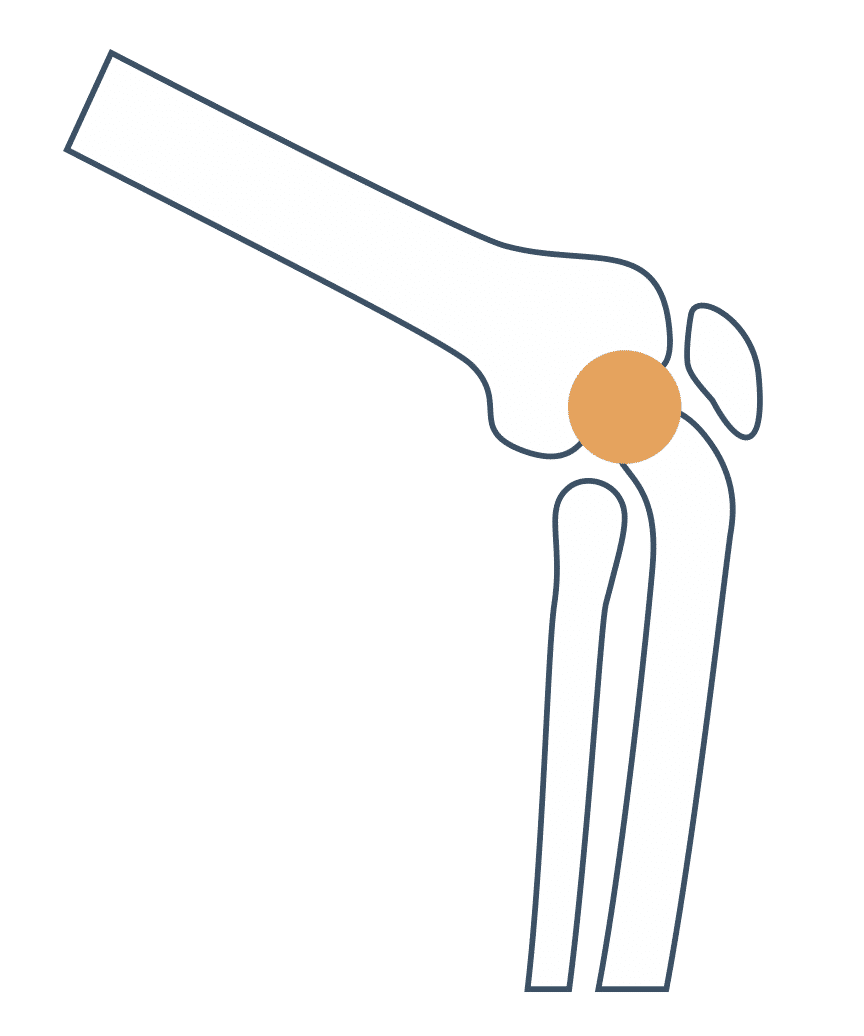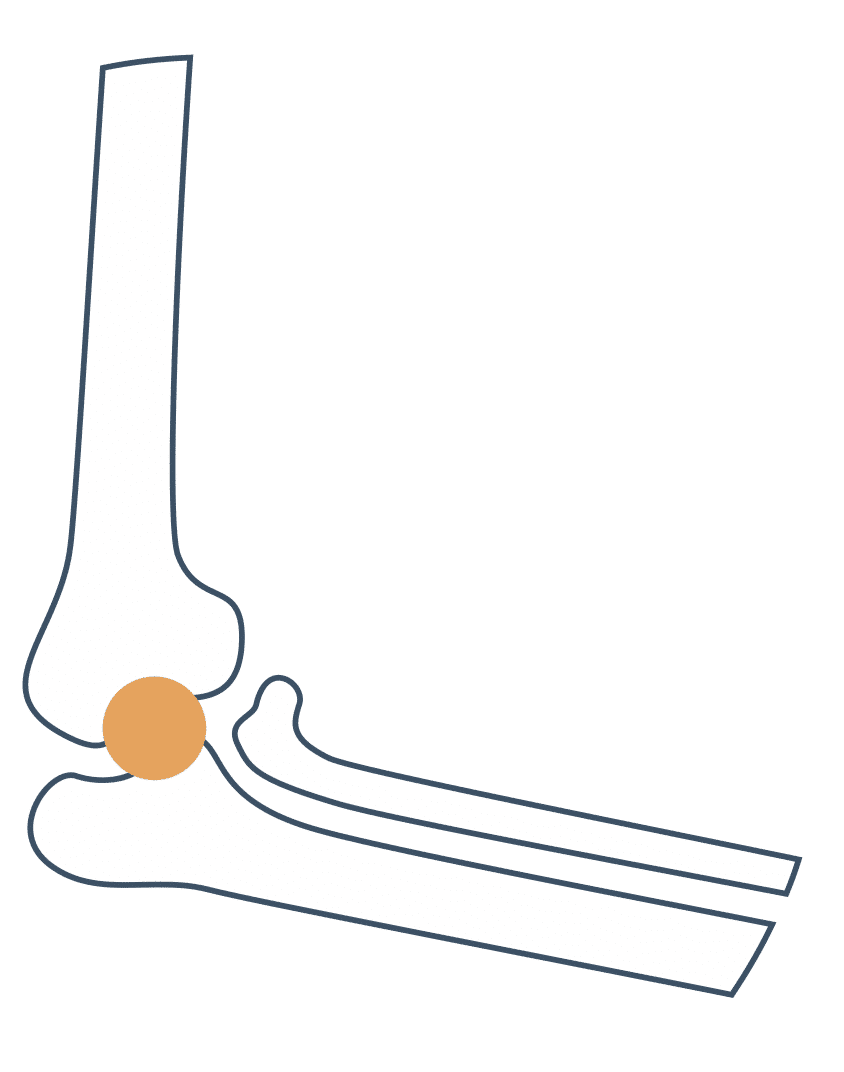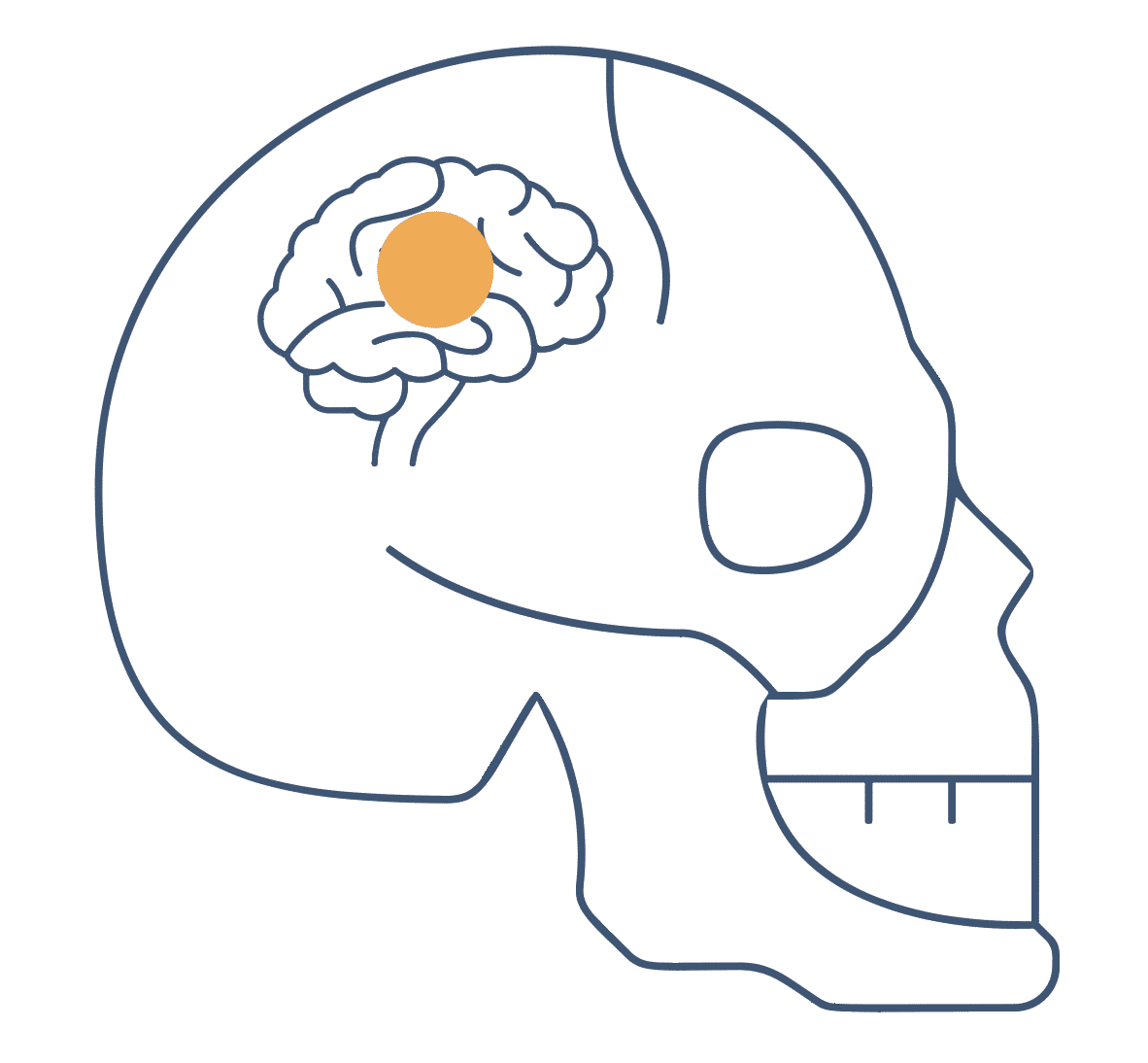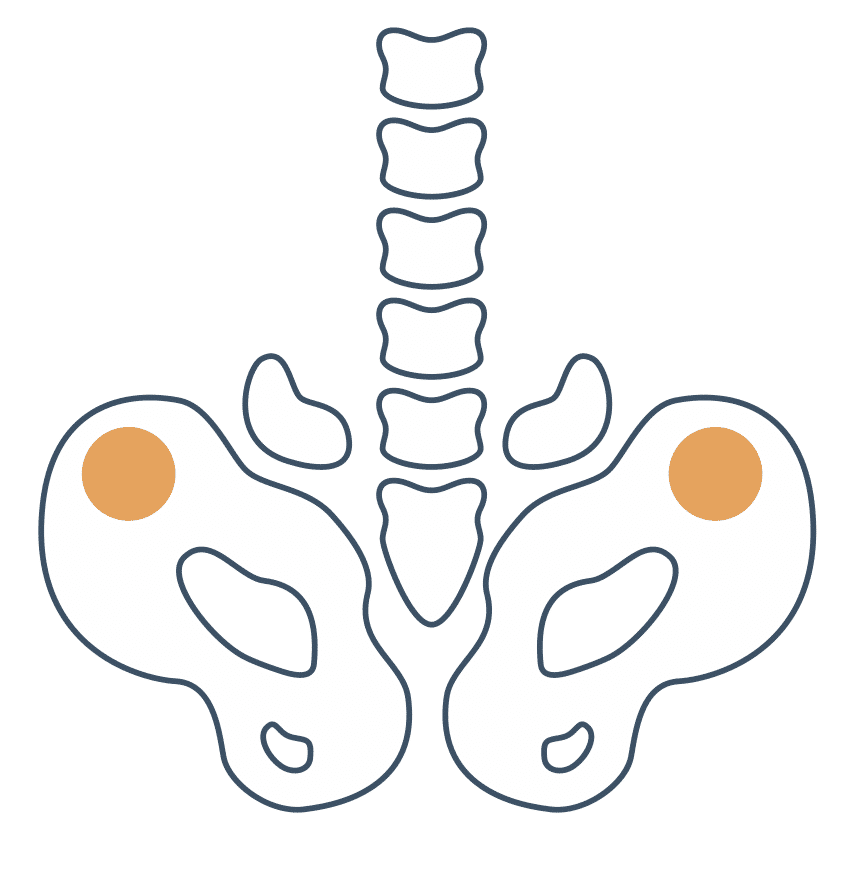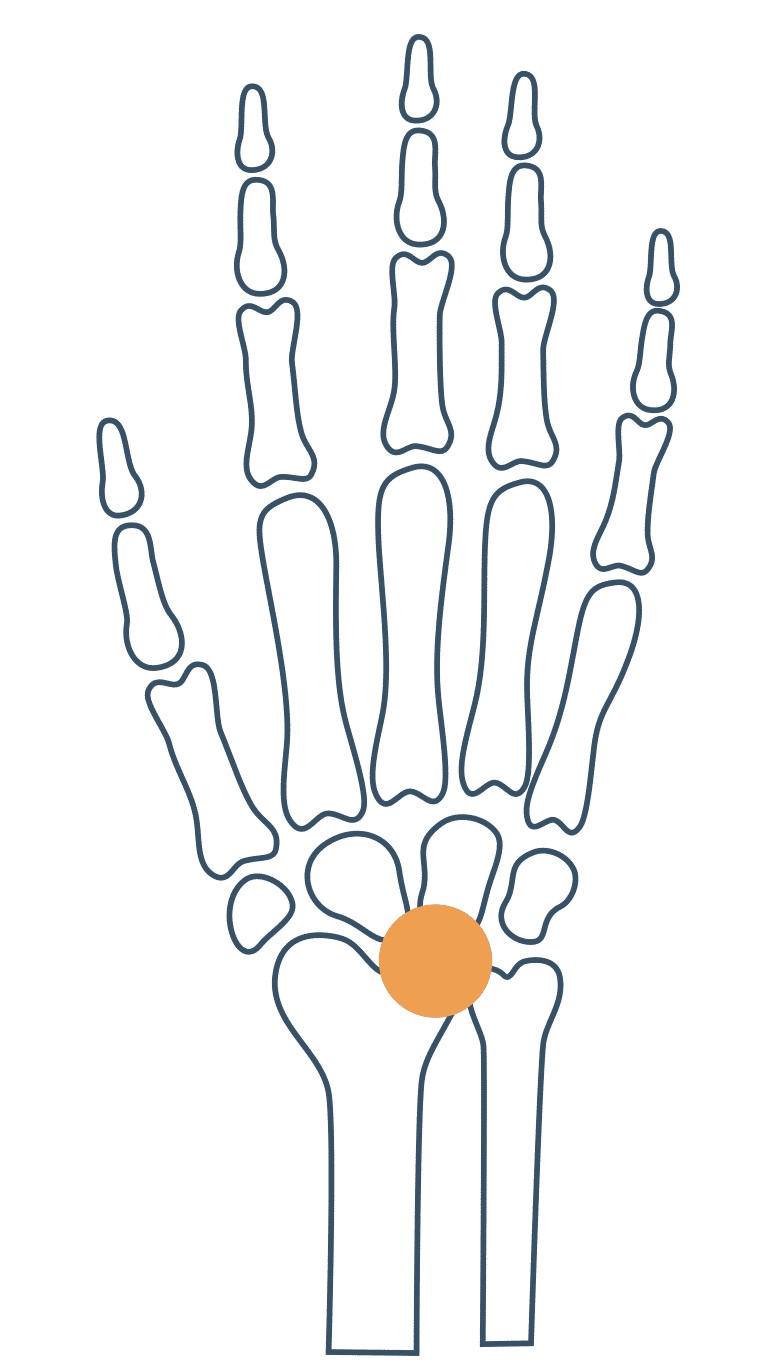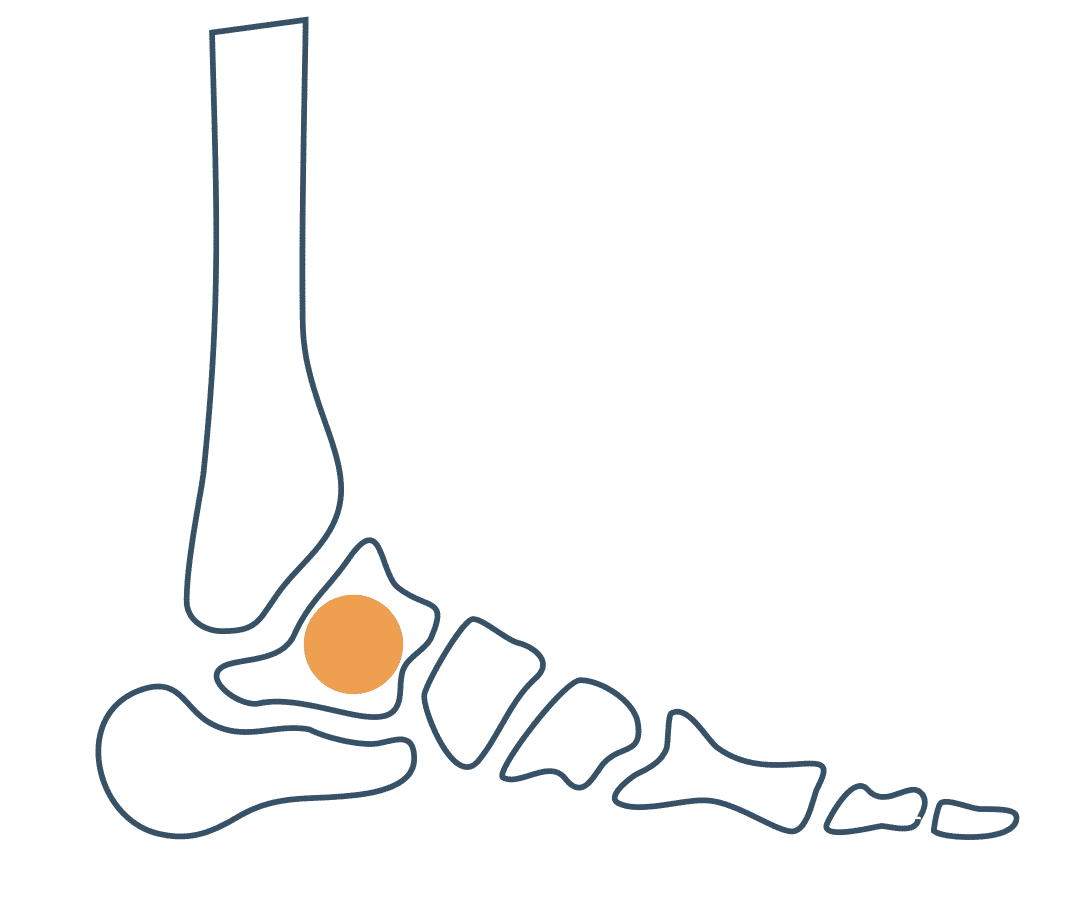Definition and treatment of ankle instability
Ankle instability is a lack of stability in the joint. In 70% of cases, it usually follows a sprain (single or recurrent), or poor healing of the anterior calcaneofibular and talofibular bundles of the ankle ligament.
Symptoms of ankle instability
The feeling of joint instability remains the main symptom of this disorder. This may be felt by the patient, particularly when walking on uneven terrain. In addition to the physical factor, ankle instability can also induce apprehension, which may prompt the patient to cut back on sporting activities involving the joint in question (soccer, basketball, tennis, etc.). It should also be noted that, while pain is not always a notable symptom of ankle instability, it can sometimes occur.
How is ankle instability diagnosed?
Ankle instability is first and foremost diagnosed clinically. The healthcare professional can cross-reference the patient's discourse with an examination of the joint. At the same time, he or she can also try to determine whether the joint presents any factors that may favour the development of ankle instability. This may be the case, for example, if the joint is damaged in some way or if the ligaments are not strong enough.
What are the different ankle conditions that can cause instability?
Ankle instability can have two distinct origins: mechanical or functional.
- instabilities of mechanical origin are linked to anatomical anomalies, such as ligament laxity;
- instabilities of functional origin are linked to a problem of posture or neuromotor control.
Ankle sprains: the most frequent pathology
External ankle sprains are the most frequently encountered traumatic pathology in the development of ankle instability. It frequently leads to recurrence (between 40% and 70% of cases, depending on the study), or even to chronic ankle instability. After a year, it is not uncommon for the patient to suffer once again from a painful, unstable ankle, with loss of mobility and muscular weakness.
The most frequent cause of chronicity is loss of ankle reactivity, and therefore proprioception. A second cause is loss of strength, particularly in the fibular muscles. These muscles of the outer compartment of the leg are the main ones responsible for ensuring the ankle's lateral stability.
Ankle instability: what treatments are available?
The management of ankle instability is based on various treatments:
- preventive treatment ;
- medical treatment ;
- surgical treatment.
Preventive treatment of ankle instability
Preventive treatment is based on the complete treatment of the ankle sprain, to limit the risk of developing instability. This involves immobilizing the joint with a removable orthosis for 6 weeks in the most severe cases.
Physiotherapy sessions are then prescribed to strengthen muscles and improve neuromotor control, particularly on unstable terrain.
Medical treatment
In the case of proven instability, the joint can be stabilized by orthopedic means. However, these solutions are only temporary, and often involve re-education to strengthen the muscles responsible for stabilizing the ankle, or even surgical treatment to effectively treat this type of disorder.
Surgical treatment of ankle instability
The aim of surgical treatment is to stabilize the joint by adjusting the tension and/or reinsertion of the ligaments in their insertions. In some cases, this step alone is sufficient to treat ankle instability. However, if the problem is more serious, a tendon graft from the short fibular tendon may be considered.
Following surgery of this type, the patient's ankle must be immobilized for 21 days in a resin splint. Rehabilitation can then begin 45 days after the operation, to work on regaining joint amplitude and strengthening the muscles.
It's important to bear in mind, however, that surgery of this kind can sometimes induce a few side effects. These include
- complications during surgery;
- healing defects;
- infections ;
- chronic pain;
- ankle stiffness.
Management of ankle instabilities with the Allyane method
Allyane's neuromotor reprogramming method can intervene on several levels:
- in the rehabilitation phase of an external ankle sprain: it speeds up patient care, helping them to rapidly regain optimal fibular contraction and correct dysfunctional motor patterns;
- in the reathletization phase: it helps to optimize functional movements (jumping, running), as well as sporting movements.
Above all, the Allyane method is an ideal solution for the management of chronic ankle instabilities that fail to progress after a year, notably by working on motor inhibitions of central origin.
You suffer from ankle instability and would you like to benefit from an Allyane session?
You would like to know more about this condition, how to treat it or make a diagnosis?

Advice from Stéphane Ladoucette, Physiotherapist and certified Allyane practitioner
At home, in order to optimise the neuromotor reprogramming and rehabilitation sessions, it is important that the patient continues to work on their ankle mobility and the quality of their neuromuscular control.
For example:
- Standing in unipodal support on the forefoot, you maintain your balance for 30 seconds, concentrating on your sensations of control and the difference between the two sides. You can do this with your eyes open, then once you have mastered it, with your eyes closed and finally by passing an object behind you.
- Or in dynamic, always in support on the forefoot, with the free foot you come to touch the ground in front then on both sides and finally behind by maintaining the balance while always concentrating on the feeling of control.
- Work on the mobility of your ankle by making circles in one direction and then in the other (five times)
The Allyane method
Addressed motor difficulties
Find below the other pathologies treated by the Allyane method.

Video analysis and assessment of your motor skills

Definition of the treatment plan with your Allyane certified practitioner

Neuromotor reprogramming



